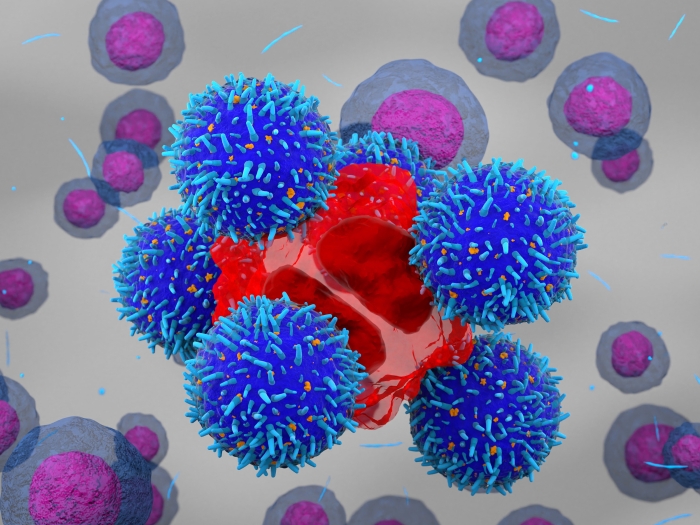A new long-read RNA sequencing benchmarking study sheds light on the strengths and weaknesses of different transcriptome analysis workflows involving various library preparation protocols, sequencing platforms and analysis tools.
Led by an international coalition of RNA researchers, the benchmarking initiative, dubbed Long-read RNA-Seq Genome Annotation Assessment Project (LRGASP) Consortium, generated over 427million long-read sequences using both the Pacific Biosciences and Oxford Nanopore Technologies platforms. In addition, it systematically evaluated computational methods submitted by over a dozen tool developers.
The results of the consortium's analysis, which aims to establish best practices for long-read RNA-seq studies, appeared as a preprint in BioRxiv this summer.
"Many people want to use long-read RNA-seq, but they don’t know the best practices," said Kin Fai Au, a professor of computational medicine and bioinformatics at the University of Michigan and one of the organizers of the LRGASP Consortium. "While different companies promote their sequencing platforms as the best…, scientists need a fairer comparison of the technologies for [their] specific research goals."
Article cited:
"Long-Read RNA-Seq Benchmarking Study Assesses Performance of Transcriptome Analysis Workflows," Sept. 29, 2023, Genomeweb
Subscription needed for the full article, free for academic/nonprofit users.

Professor





